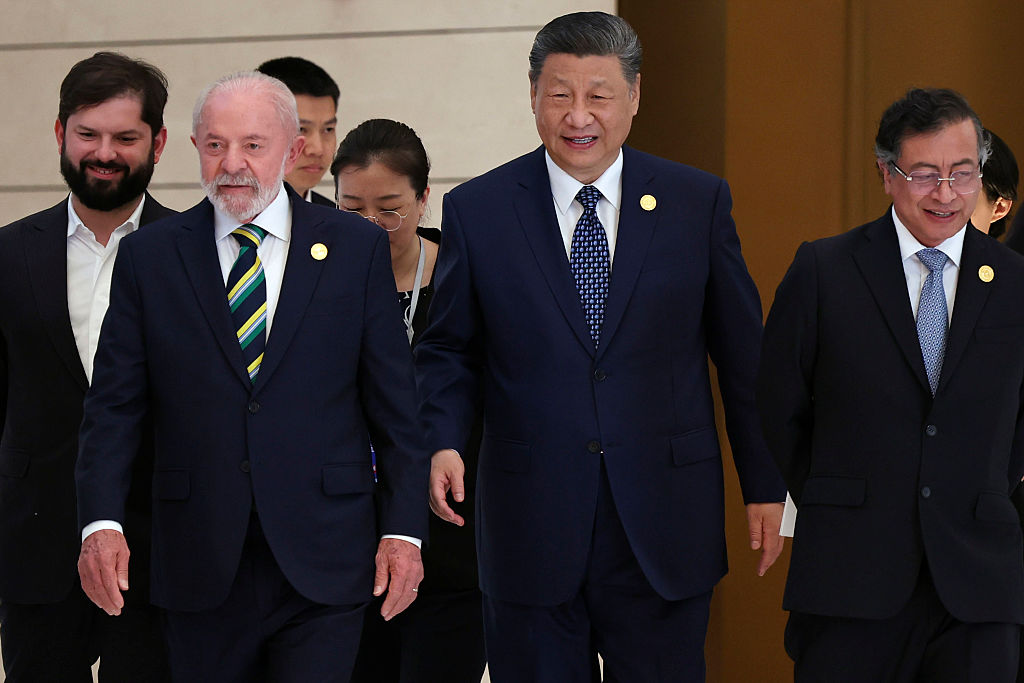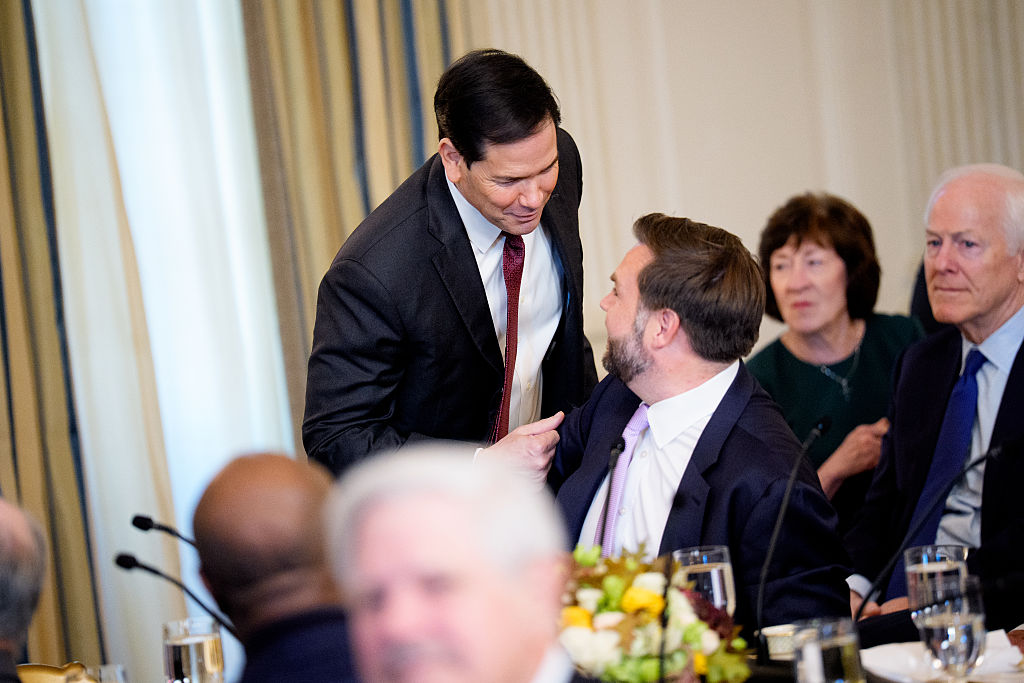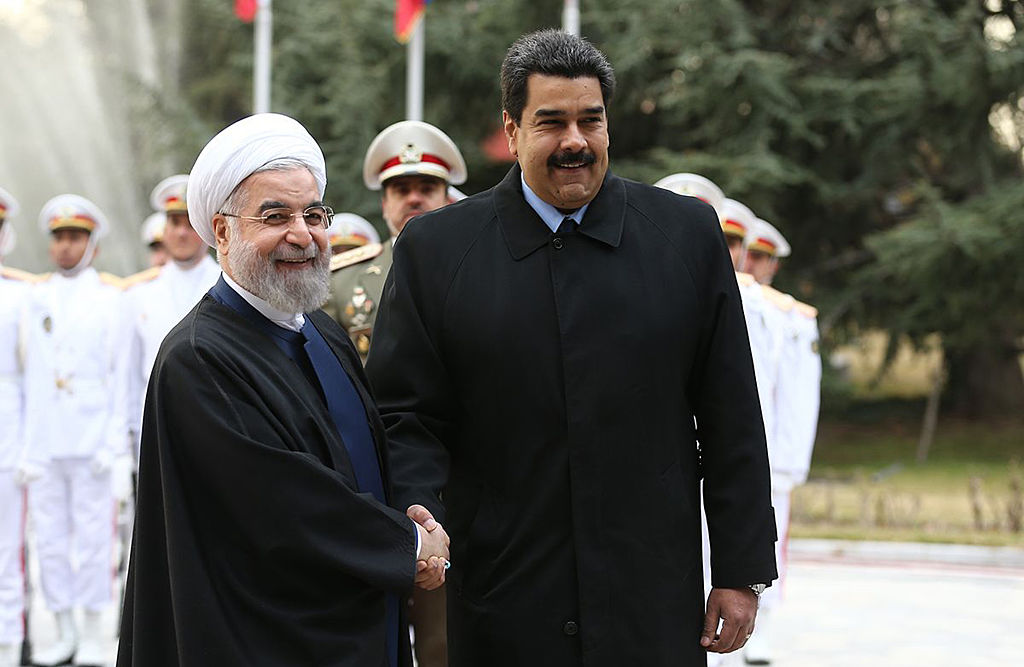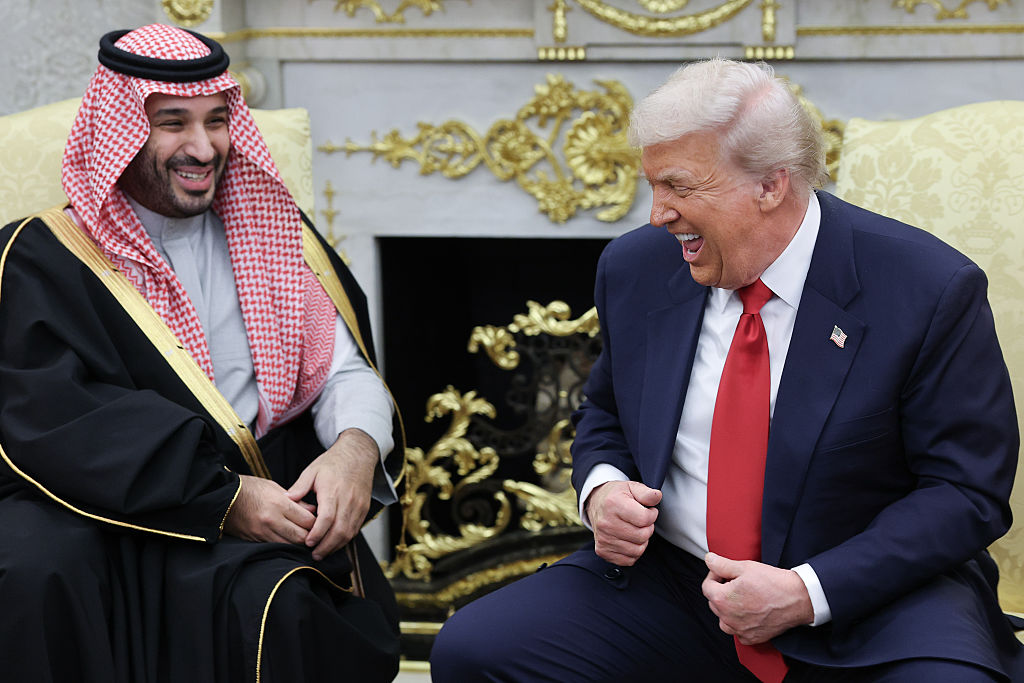As American eyes remain fixed on the Middle East — understandably so — China has been rolling out the red carpet for Latin America, and we have barely noticed. While Xi Jinping welcomes Colombia, one of Washington’s historically reliable allies, into the controversial Belt and Road Initiative, he’s also introducing visa-free entry for South America’s largest economies and greeting regional leaders in Beijing with billion-dollar credit lines and lavish, all-expenses-paid political junkets. Washington, meanwhile, was… busy.
If this sounds familiar, it’s because it is. The US has been snoozing through Latin America’s strategic realignment for years, occasionally waking up to mutter something about narcos or illegal migration, then hitting the snooze button. This time, however, with Secretary of State Marco Rubio leading the charge, the prospects of hemispheric prioritization appear more plausible. Still, for all of the talk, we are not moving fast enough. China isn’t just showing up — it’s escalating its charm offensive, while Washington dithers.
Beijing’s May summit with leaders from Brazil, Colombia, and Chile marked more than a photo op. It was a statement of intent. A $9.2 billion credit line. New infrastructure investments. Visa-free entry for five major Latin American economies (including Argentina and Peru). And — for good measure — a promise to fly in 300 politicians a year into China and facilitate 3,500 government scholarships. The message was subtle as a sledgehammer: China is here, it is serious, and it speaks your language.
The contrast with America’s approach is hard to miss. Tariff hikes and aid cuts can serve strategic purposes, and blaming them for China’s rise in the region overlooks the deeper structural drift that has been unfolding for decades. Still, Beijing now enjoys the easiest layup in modern diplomacy: pose as the generous partner while casting Washington as distant and reactive. States aren’t people, and foreign policy shouldn’t be reduced to vibes — but in this context, perception matters. In the absence of sustained American-led investment and tangible engagement, the U.S. finds itself outmaneuvered yet again. And it isn’t cruelty that has cost us influence — it’s indifference.
Of course, none of this is to say Latin America has been lost. But despite a few symbolic wins, the region continues to drift — and the U.S. still acts like the uncle who expects loyalty at Thanksgiving yet can’t remember your name. Eventually, the cousins start celebrating elsewhere.
The good news? It’s not too late. The bad news? There’s no sign Washington is in a rush. The Americas Act, a promising bill that would deepen trade and investment with regional partners, is currently sitting in committee — the legislative equivalent of being ghosted. Yes, the congressional calendar is crowded, and priorities compete. But this one should be straightforward. China isn’t waiting for markup. It’s building ports, laying fiber, and asking whether you’d like your infrastructure with or without AI. In an era of great power competition, a useful rule of thumb is simple: if our chief rival is prioritizing something, maybe we should too.
The US’s problem isn’t a lack of resources — it’s a lack of focus, compounded by a failure to coordinate. Latin America must be treated as a serious partner — not out of charity, but because it’s in our strategic interest. That means streamlined trade agreements, credible investment vehicles, and a coherent, positive-sum vision for the hemisphere. Getting there won’t be easy; it may require some concessionary spending and a healthy dose of diplomacy. But we shouldn’t wait for the dragon to start breathing fire in our backyard to react. We should react now.


























Leave a Reply